As loving pet owners, we strive to provide our furry companions with the best nutrition possible. When it comes to feeding our dogs, questions often arise about what human foods are safe for them to consume. One such query is whether dogs can enjoy the deliciousness of trout. In this comprehensive guide, we will explore everything you need to know about dogs and trout.
Contents Overview
What is Trout
Trout is a freshwater fish known for its delicate flavor and tender flesh. It comes in various species, including rainbow, brown, and brook trout, and is often found in rivers, streams, and lakes. With its pinkish-orange flesh and distinctive speckled pattern, trout is prized by anglers and culinary enthusiasts alike. Rich in omega-3 fatty acids and protein, trout is not only delicious but also nutritious, making it a popular choice for seafood lovers around the world.
Nutritional Value of Trout
Trout is a nutritious source of essential nutrients for both humans and pets. Packed with high-quality protein, trout supports muscle development and overall health. Additionally, trout is rich in omega-3 fatty acids, promoting healthy skin, a shiny coat, and potentially reducing inflammation. It also contains vitamins such as D and B12, along with minerals like phosphorus and selenium, which contribute to various bodily functions. Incorporating trout into your diet provides a tasty way to nourish your body with these vital nutrients.
Can Dogs Eat Trout Safely?
Yes, dogs can safely eat trout when it’s prepared properly. Trout is a nutritious source of protein and omega-3 fatty acids, which are beneficial for dogs’ overall health. However, it’s essential to remove all bones to prevent choking hazards and to cook the trout thoroughly to eliminate any potential parasites or bacteria. Additionally, avoid seasoning the trout with ingredients that may be harmful to dogs, such as garlic or excessive salt. With these precautions in mind, trout can be a tasty and healthy occasional treat for your canine companion.
Potential Health Benefits for Dogs
Incorporating trout into a dog’s diet can offer several potential health benefits:
- Healthy Skin and Coat: The omega-3 fatty acids found in trout can help alleviate skin allergies, reduce itching and inflammation, and promote a shiny, lustrous coat in dogs.
- Joint Health: The anti-inflammatory properties of omega-3 fatty acids may also benefit dogs with joint issues, such as arthritis, by reducing pain and improving mobility.
- Cardiovascular Health: Omega-3 fatty acids have been linked to heart health in dogs, as they can help maintain healthy blood pressure, reduce the risk of blood clots, and support overall cardiovascular function.
- Brain Development and Cognitive Function: The omega-3 fatty acids DHA and EPA are essential for brain development in puppies and can help maintain cognitive function in adult and senior dogs, potentially reducing the risk of cognitive decline as they age.
- Boosted Immune System: The vitamins and minerals present in trout, such as vitamin D and selenium, can help strengthen the immune system, making dogs more resilient to infections and illnesses.
How to Incorporate Trout into a Dog's Diet
When introducing trout into a dog’s diet, it’s essential to do so gradually to prevent any digestive upset. Here are some tips for incorporating trout:
- Cooked Trout: Cooked trout is the safest option for dogs, as it eliminates the risk of parasites commonly found in raw fish. Ensure that the trout is thoroughly cooked, without any seasonings or additives that may be harmful to dogs.
- Boneless and Skinless: Remove any bones and skin from the trout before feeding it to your dog, as these parts can pose a choking hazard or cause digestive issues.
- Moderation: While trout can be a healthy addition to a dog’s diet, it should be fed in moderation as part of a balanced diet. Too much fish can lead to an imbalance in nutrients or potential exposure to environmental toxins such as mercury.
Potential Risks of Feeding Trout to Dogs
Despite its nutritional value, trout can pose certain risks to dogs if not handled or prepared properly. Here are some potential risks:
- Bones: Trout, like many other fish, contains small bones that can pose a choking hazard or cause gastrointestinal issues if ingested by dogs. These bones may splinter and cause injuries to the mouth, throat, or digestive tract.
- Parasites: Raw or improperly cooked trout may harbor parasites such as roundworms, tapeworms, or flukes, which can lead to gastrointestinal discomfort, vomiting, diarrhea, or even more severe health issues in dogs.
- Mercury Contamination: Like other fish species, trout may contain traces of mercury, a toxic heavy metal that can accumulate in the tissues of fish over time. High levels of mercury can be harmful to dogs, affecting their nervous system, kidneys, and overall health.
When to Avoid Trout to Dog
- Allergies: If your dog has known allergies to fish or seafood, avoid feeding them trout to prevent allergic reactions.
- Underlying Health Conditions: Dogs with certain health conditions such as pancreatitis, liver disease, or kidney disease may need to avoid high-fat foods like trout.
- Parasite Concerns: If you’re unable to cook trout thoroughly or unsure of its freshness, it’s safer to avoid feeding it to your dog to prevent parasitic infections.
- Mercury Levels: If you’re concerned about mercury contamination in fish or your dog is particularly sensitive to heavy metals, consider limiting or avoiding trout consumption.
- Pregnancy or Nursing: Pregnant or nursing dogs may need special dietary considerations, and it’s advisable to consult with a veterinarian before introducing trout or any new food into their diet.
Safe and Suitable Alternatives of Trout for Dogs
If you’re looking for safe and suitable alternatives to trout for your dog, consider options such as:
- Salmon: Like trout, salmon is rich in omega-3 fatty acids and protein, promoting healthy skin, coat, and overall well-being in dogs.
- Whitefish: Varieties like cod, haddock, or tilapia are low in fat and suitable for dogs with sensitive stomachs, offering a mild flavor and essential nutrients.
- Sardines: These small fish are packed with omega-3s and calcium, providing similar benefits to trout without the risk of bones.
- Commercial Dog Food: Look for high-quality dog food formulated with fish as a primary ingredient, ensuring balanced nutrition and safety for your furry friend.
Bottom Line
Trout can be a nutritious and tasty addition to your dog’s diet when prepared and served safely. By following the guidelines outlined in this guide, you can ensure that your furry friend enjoys the health benefits of trout without any risks. Remember to always prioritize your dog’s well-being and consult with your veterinarian if you have any concerns about incorporating new foods into their diet. With proper care and attention, you can treat your canine companion to the occasional trout delight!






























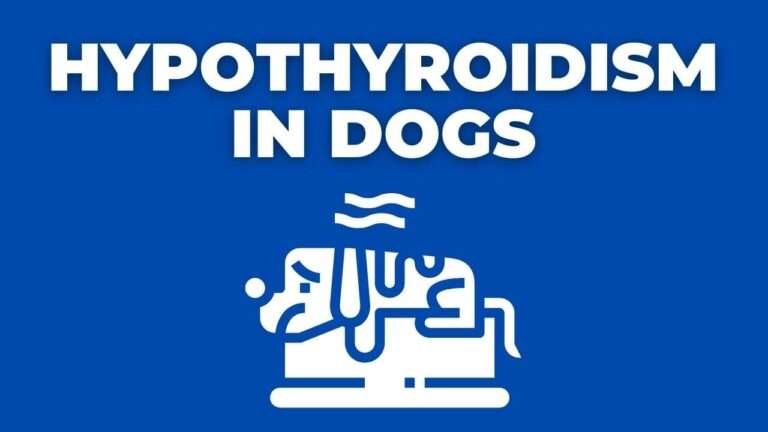

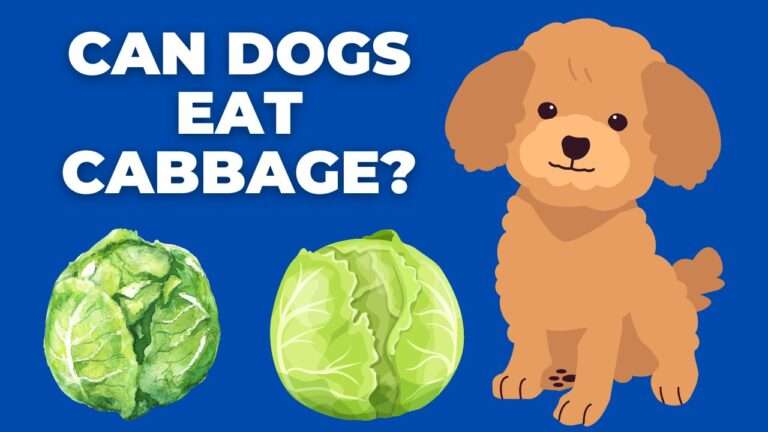
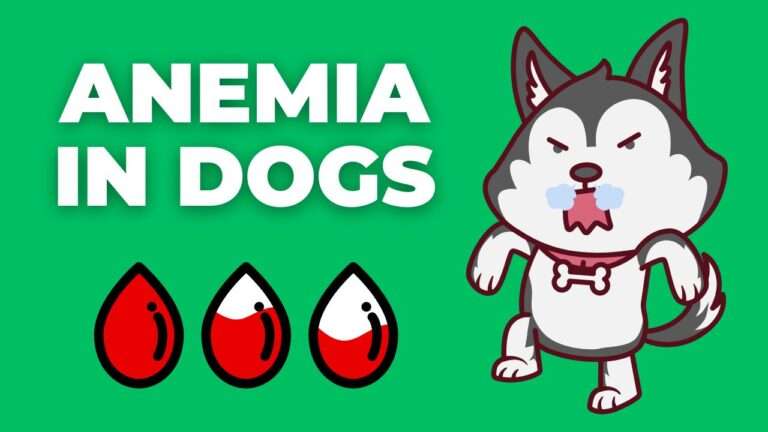
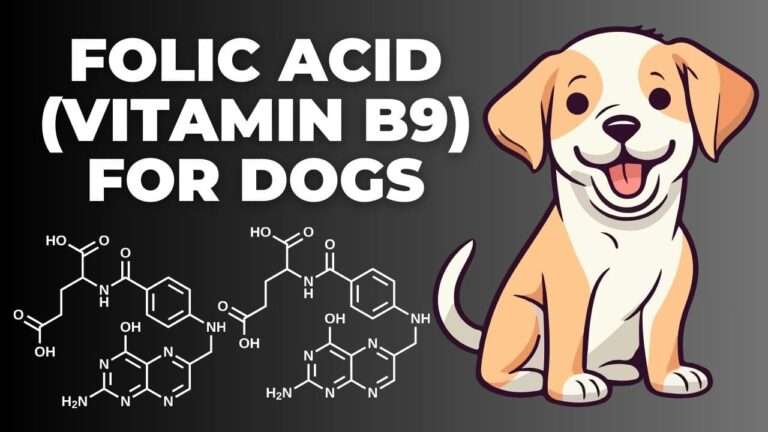
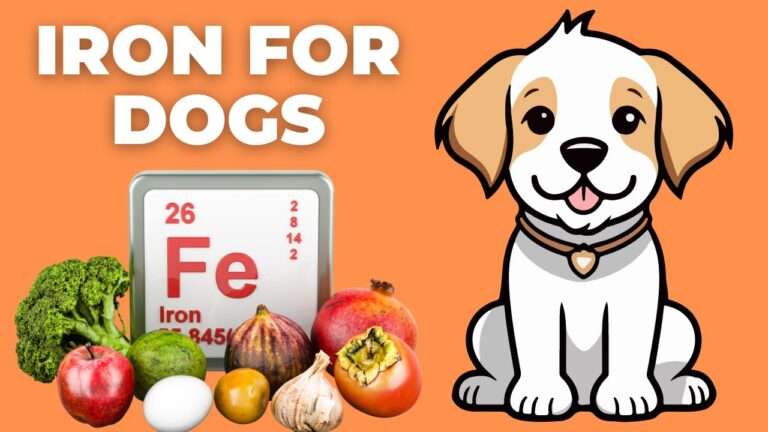
+ There are no comments
Add yours